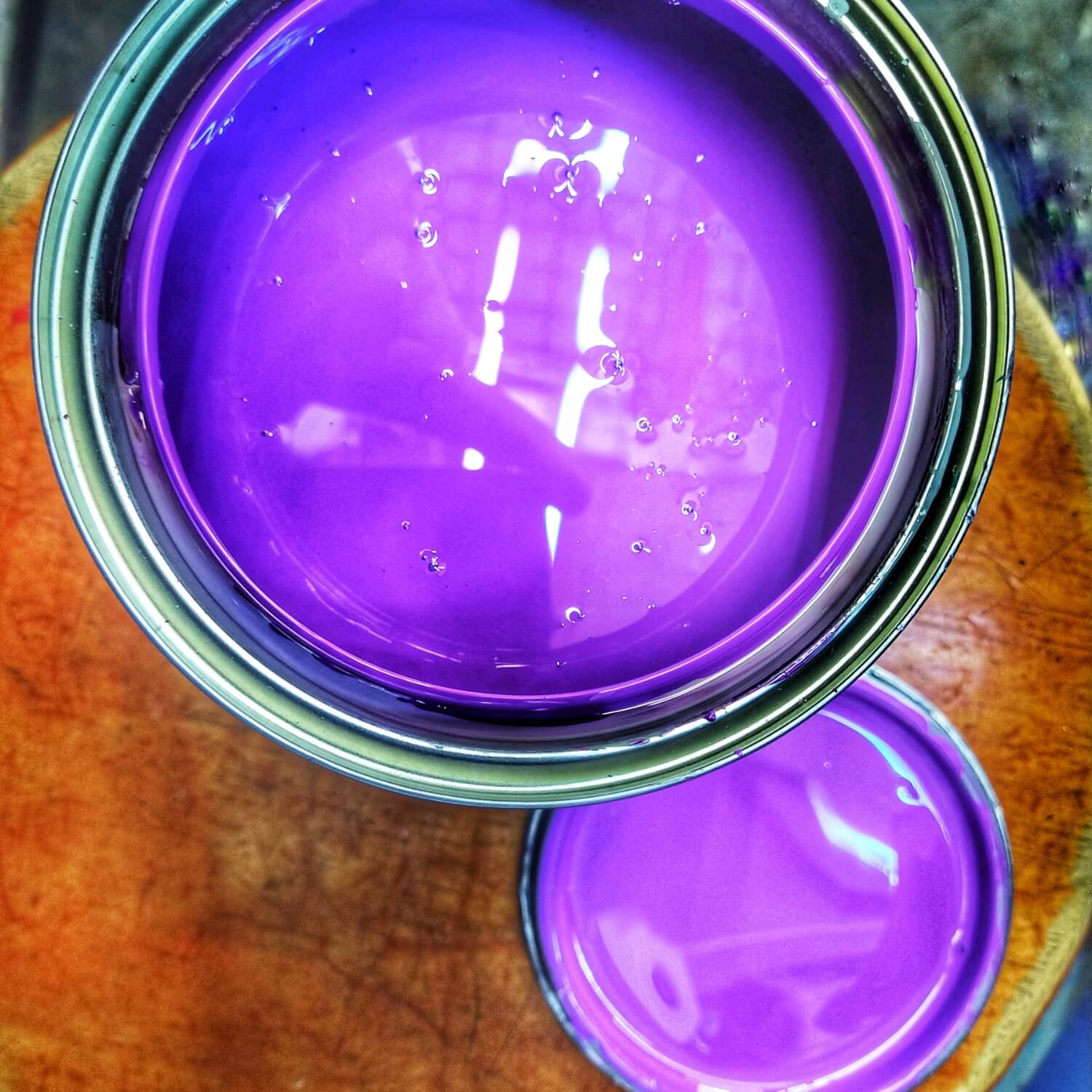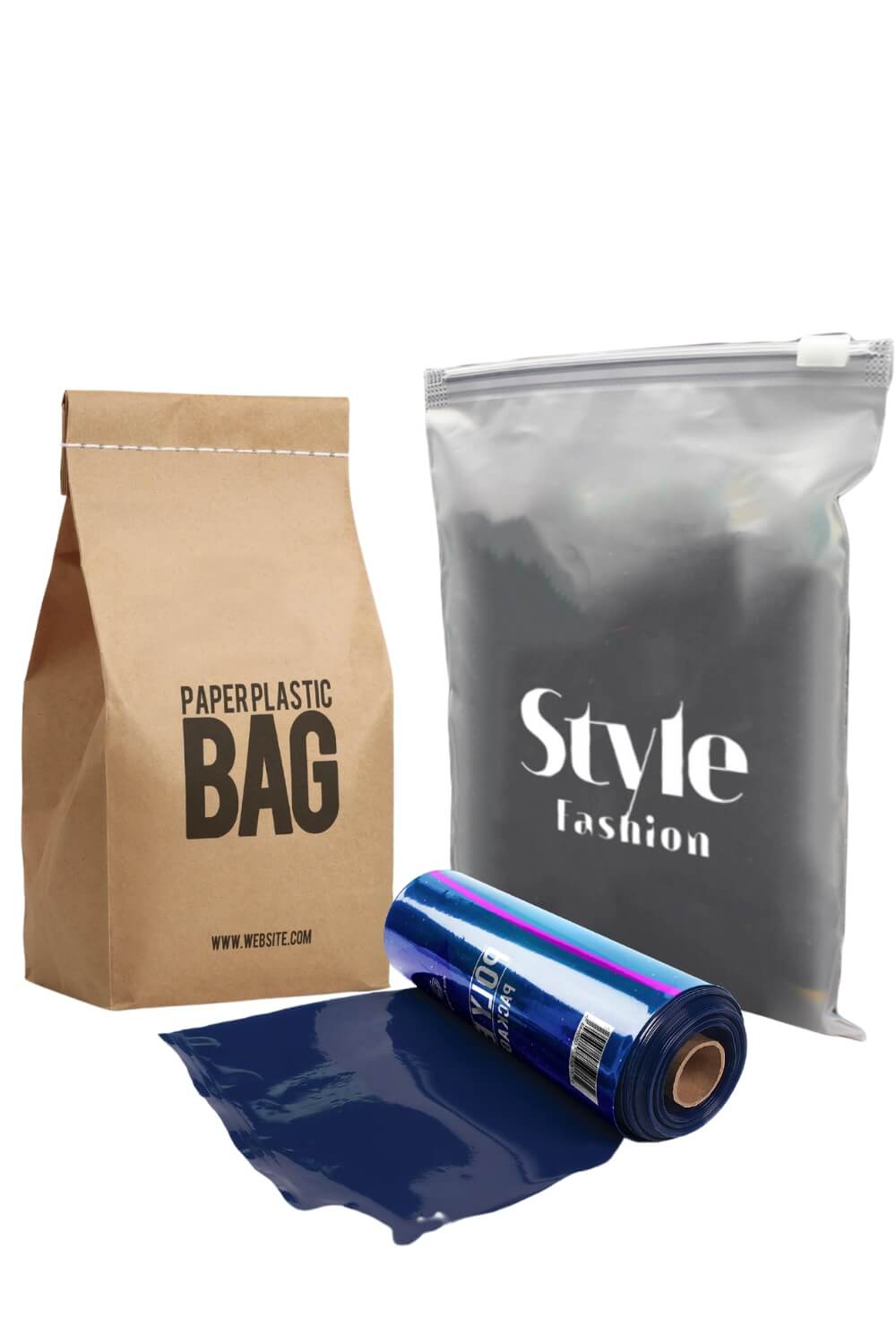Solvent Based Lamination Adhesive
Solvent-based laminating adhesive is a type of adhesive that is dissolved in a solvent to create a liquid adhesive that can be applied to a wide range of materials. The solvent evaporates, leaving behind the adhesive, which hardens and bonds the materials together. This type of adhesive is commonly used in the packaging, printing, and laminating industries. It is known for its high strength and fast drying properties, but it also has a strong odor, and the solvent can be flammable, so it must be used in well-ventilated areas.
Applications
Solvent-based adhesives are versatile and can be used for a wide range of applications, from basic to high-performance tasks. They are the perfect choice for demanding applications such as filling aggressive materials, handling high temperatures, deep drawing, and other demanding tasks in both food and consumer packaging. In addition to standard products, we also offer specialized adhesives to address specific challenges such as transferring metalized layers and handling boiling metalized film.
Application Use case for Solvent Based Laination
Click here for water based lamination
Click here for non-solvent based lamination
Learn about the materialsMaterial Structure
PET/AL/NY/CPP
PET/NY/AL/CPP
PET/AL/CPP
VMPET/(NY)/CPP
NY/CPP
PET/CPP
NY/LLDPE
NY/LLDPE
KNY/LLDPE
NY/(OPP)/VMPET
PET/AL
PET/AL/LLDPE
PET/(NY)/VMPET
OPP/CPP
OPP/VMCPP
OPP/Kraft
PET/AL/LLDPE
PET/AL/CPP
PET/AL/NY/LLDPE
NY/LLDPE

Benefits of Solvent Based Lamination
Benefits of solvent based lamination has some benefits such as improving final bonding strength, robust resistance to heat and chemicals, high mechanical stability, high transparency, fast curing, low solvent retention, widespread applicability, a full range of technology options (such as polyester/polyether, aromatic/aliphatic, straight/reverse curing), and a variety of viscosity options (low, medium, and high viscosity).
1. Strong bond: Solvent-based adhesives create a strong bond between the two surfaces being laminated, which helps to ensure that the finished product is durable and long-lasting.
2. Fast drying time: Solvent-based adhesives dry quickly, which allows for faster production times and helps to minimize downtime.
3. Good for high-temperature applications: Solvent-based adhesives can withstand high temperatures, making them well-suited for laminating products that will be exposed to heat.
4. Can be used with a wide range of materials: Solvent-based adhesives can be used with a variety of materials, including plastics, metals, and composites, which makes them a versatile option for lamination.
5. Cost-effective: Solvent-based adhesives are typically less expensive than other types of adhesives, which can help to keep production costs low.
1. Environmental Sustainability: Solvent-based lamination uses chemicals that can posibly be environmental unfriendly. Non-solvent based methods are considered to be more eco-friendly.
2. Safety: Solvents used in lamination can be flammable, toxic and can cause health problems if inhaled. Non-solvent based methods are considered safer to use.
3. Cost: Non-solvent based lamination methods can be less expensive than solvent-based methods, as they do not require the use of expensive chemicals.
4. Performance: Non-solvent based lamination methods can provide better performance in terms of strength and durability, making it ideal for certain types of applications such as automotive and aerospace.
5. Flexibility: Non-solvent based lamination can provide more flexibility in terms of the types of materials that can be laminated and the thicknesses that can be achieved.
1. Health and safety concerns: Solvents used in this process can be toxic and flammable, and can cause respiratory and skin irritation. This can be a concern for workers who are exposed to these chemicals on a regular basis.
2. Environmental impact: Solvent-based lamination can release volatile organic compounds (VOCs) into the air, which can contribute to air pollution and harm the environment.
3. Long drying times: Solvent-based lamination requires drying time for the solvent to evaporate, which can slow down the production process.
4. Quality concerns: Solvent-based lamination can cause wrinkling or bubbling in the laminated material, which can affect the final quality of the product.
1. Limited adhesion: Non-solvent based lamination may not provide as strong of an adhesive bond as solvent-based methods.
2. Increased curing time: The curing process for non-solvent based lamination can take longer than solvent-based methods.
3. Higher cost: Non-solvent based lamination may be more expensive than solvent-based methods due to the materials and equipment required.
4. Limited materials compatibility: Non-solvent based lamination may not be compatible with all types of materials, limiting its use in certain applications.
5. Reduced flexibility: Non-solvent based lamination may result in a less flexible finished product compared to solvent-based methods.
Let's Connect



